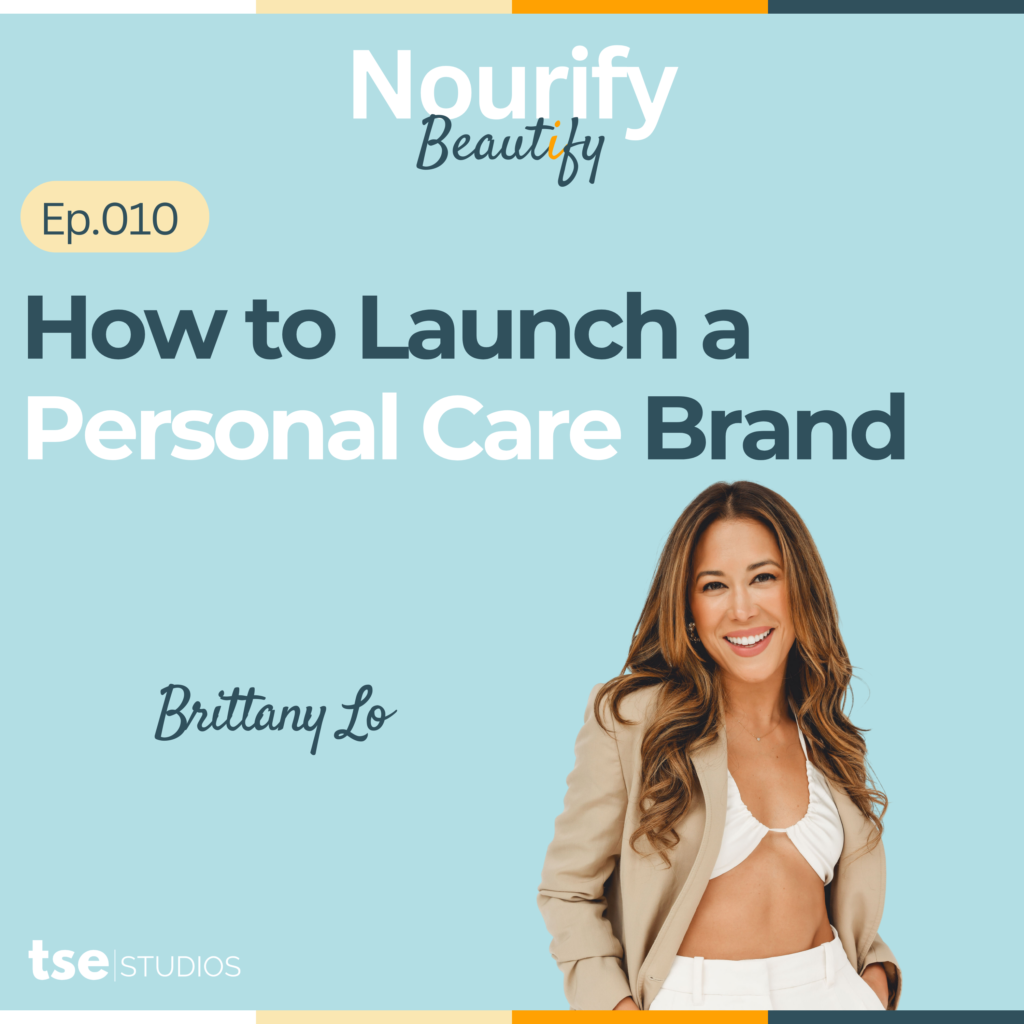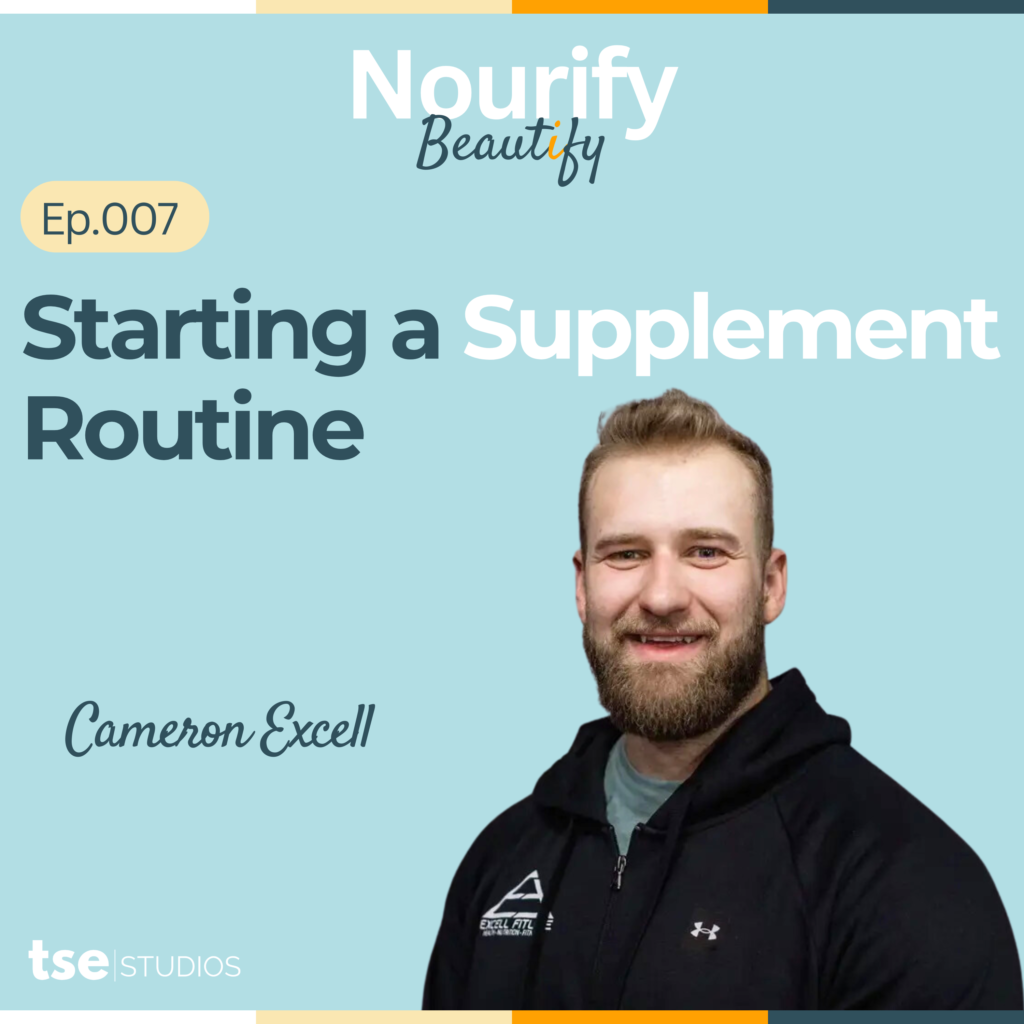When Topicals Aren’t Enough Anymore You’ve tried everything. That $80 serum with niacinamide. The soothing cleanser that promises to balance your skin. Even the “miracle” overnight mask influencers swear by. And yet, your skin still feels unpredictable—flaring up out of nowhere or stuck in a constant state of dullness and irritation. What if the issue isn’t what you’re putting on your skin—but what’s happening inside your body? That’s the premise behind the gut-skin connection, a concept that’s no longer just popular in holistic circles. It’s showing up in dermatology research, skin clinics, and even beauty brands now formulating with probiotics. Your skin doesn’t operate in a vacuum. It reflects the state of your gut—sometimes more than we realize. What the Gut-Skin Axis Really Means To understand why your gut might be affecting your skin, we need to talk about something called the gut-skin axis. This term describes the complex, two-way communication between your gastrointestinal system and your skin. It’s not just about digestion—your gut houses a massive ecosystem of bacteria, fungi, and microbes, collectively known as the gut microbiome. This microbiome helps regulate inflammation, immune responses, and nutrient absorption. When it’s healthy, your body runs smoothly. When it’s out of balance—due to diet, stress, antibiotics, or chronic illness—your body often sends signals. One of the most visible signs? Skin issues. Research shows that conditions like acne, rosacea, eczema, and psoriasis can be linked to gut imbalances. Your skin, in other words, may be reacting to what your gut is struggling to process. Inflammation: The Common Denominator Inflammation is a natural response—but when it becomes chronic, it’s a problem. One major cause of chronic inflammation is intestinal permeability, often referred to as “leaky gut.” This happens when the tight junctions in your gut lining become compromised, allowing toxins and undigested food particles to enter your bloodstream. The immune system kicks in, and inflammation spreads systemically—including to your skin. This is where things like persistent acne or unexplained rashes come in. Your body is essentially overreacting to what’s leaking from your gut, and your skin becomes collateral damage in the fight. Your Skin Might Be Telling on Your Gut Sometimes your skin is the canary in the coal mine—signaling internal issues before any other symptoms show up. Have you ever had breakouts that no cleanser could fix? Rosacea that worsens after eating certain foods? Or skin that just looks “off” no matter how much you moisturize? These might not be surface-level issues. They could be signs that your gut microbiome is off-balance. Many people who struggle with chronic skin conditions have already tried everything topically. What they haven’t tried—yet—is addressing the internal root cause. The Role of Diet: What You Feed Your Gut Feeds Your Skin Your gut thrives—or suffers—based on what you eat. Highly processed foods, excessive sugar, refined carbs, alcohol, and even some dairy products can throw your microbiome into chaos. They feed harmful bacteria, fuel inflammation, and weaken the gut lining. On the flip side, a diet rich in plant-based fiber, fermented foods, and healthy fats can help restore balance. Think about how your skin reacts after a weekend of indulgent eating. The sugar spike may not just affect your blood glucose—it could be creating the perfect storm in your gut, which then shows up on your skin. Whole foods, leafy greens, probiotic-rich options like kimchi and kefir, and anti-inflammatory ingredients like turmeric or omega-3-rich fish don’t just nourish your body. They support a healthier gut, which in turn supports a clearer, more balanced complexion. The Power of Probiotics (and Prebiotics) Not all bacteria are bad—in fact, many are essential. Probiotics are beneficial bacteria that support digestion, immunity, and yes, skin clarity. You can get them from fermented foods like yogurt, miso, kombucha, and sauerkraut—or through high-quality supplements. Prebiotics, on the other hand, are non-digestible fibers that feed the good bacteria already in your gut. Foods like garlic, onions, asparagus, oats, and bananas are excellent sources. It’s important to note, though, that probiotics aren’t one-size-fits-all. Some strains help with digestion but not inflammation. Others are better for immunity. If you’re considering supplementation, personalized advice from a practitioner or doing your own research on strain-specific benefits can go a long way. Stress, Cortisol, and the Gut-Skin Spiral It’s no coincidence that your worst breakouts often follow your most stressful days. Stress isn’t just mental—it manifests physically, and the gut is one of its main targets. High cortisol levels can disrupt digestion, increase gut permeability, and throw your microbiome off balance. That stress-related imbalance then creates inflammation and nutrient malabsorption, which your skin reacts to. This is why managing stress is a critical part of gut healing. Practices like breathwork, meditation, journaling, and even regular movement aren’t just “self-care.” They’re nervous system support—which indirectly becomes skin support too. Antibiotics and Skincare: A Double-Edged Sword For decades, antibiotics have been a go-to treatment for acne and other inflammatory skin conditions. But while they may work short term, they often do long-term damage to your gut flora. Broad-spectrum antibiotics wipe out not just the bad bacteria—but the good ones too. This leaves your gut vulnerable to imbalance, yeast overgrowth, and further inflammation, creating a vicious cycle. Some people find that their acne returns worse than ever once they stop antibiotic treatment. That’s the gut microbiome fighting to recover—and often failing without support. If you’ve relied on antibiotics in the past, rebuilding your gut health might be key to restoring your skin. A Functional Medicine Approach to Skin Healing Unlike conventional dermatology, which often treats symptoms, functional medicine looks at the root cause. Practitioners in this field often start by examining the gut. They may recommend stool testing to assess your microbiome, food sensitivity tests, or even nutrient panels. Instead of prescribing a topical cream and sending you on your way, they’ll guide you through gut repair protocols that involve diet, lifestyle changes, and targeted supplementation. This approach isn’t a quick fix—but it often leads to lasting transformation. When your skin heals from











